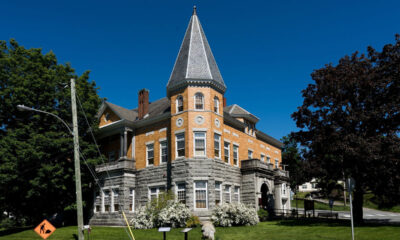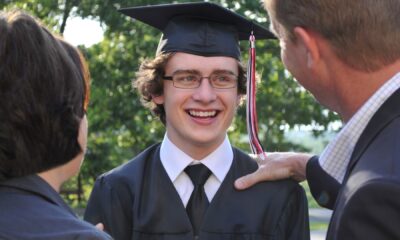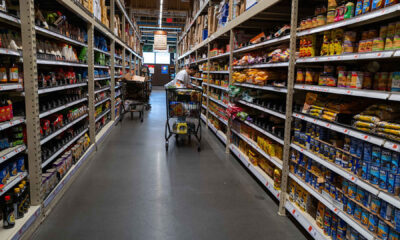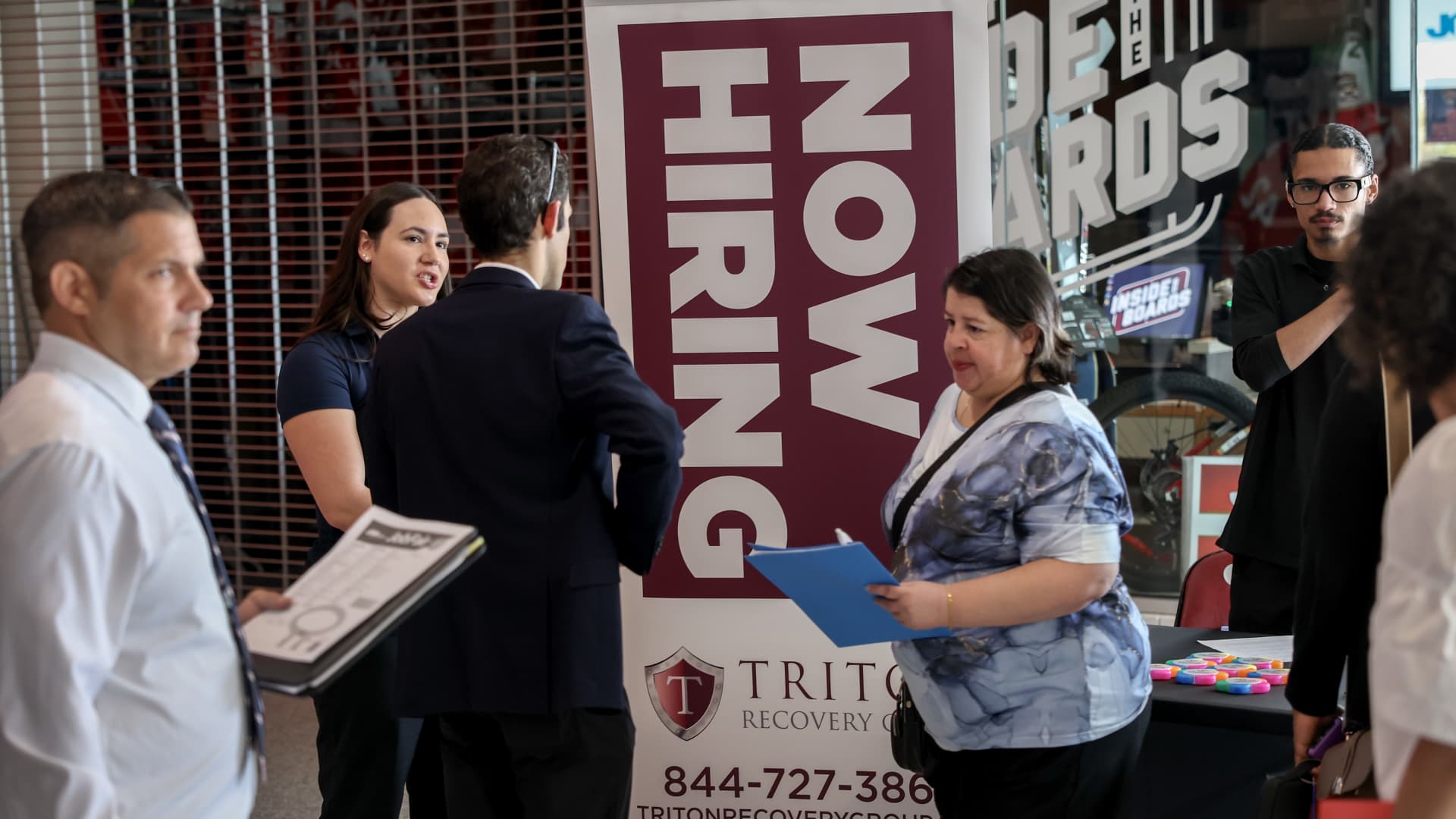Economic activity in the U.S. was considerably stronger than expected during the second quarter, boosted by a strong consumer, government spending and a sizeable inventory build, according to an initial estimate Thursday from the Commerce Department.
Real gross domestic product, a measure of all the goods and services produced during the April-through-June period, increased at a 2.8% annualized pace adjusted for seasonality and inflation. Economists surveyed by Dow Jones had been looking for growth of 2.1% following a 1.4% rise in the first quarter.
Consumer spending helped propel the growth number higher, as did contributions from private inventory investment and nonresidential fixed investment, according to the first of three estimates the department will provide.
Personal consumption expenditures, the main proxy in the Bureau of Economic Analysis report for consumer activity, increased 2.3% for the quarter, up from the 1.5% acceleration in Q1. Both services and goods spending saw solid increases for the quarter.
Inventories also were a significant contributor, adding 0.82 percentage point to the total gain. Government spending added a tailwind as well, rising 3.9% at the federal level, including a 5.2% surge in defense outlays.
On the downside, imports, which subtract from GDP, jumped 6.9%, the biggest quarterly rise since Q1 of 2022. Exports were up just 2%.
Stock market futures drifted higher following the report while Treasury yields moved lower.
“The composition of growth was one of the better mixes that we have observed in some time,” said Joseph Brusuelas, chief economist at RSM. The report “tends to support the idea that the American economy is in the midst of a productivity boom which over the medium term will lift living standards across the country via lower inflation, low employment and rising real wages.”
There was some good news on the inflation front: the personal consumption expenditures price index, a key measure for the Federal Reserve, increased 2.6% for the quarter, down from the 3.4% move in Q1. Excluding food and energy, core PCE prices, which the Fed focuses on even more as a longer-term inflation indicator, were up 2.9%, compared to a 3.7% increase in the prior period.
The so-called chain-weighted price index, which takes into account changes in consumer behavior, increased 2.3% for the quarter, below the 2.6% estimate.
Treasury Secretary Janet Yellen saw the GDP report as “affirming the path we’re on to steady growth and declining inflation,” in remarks she delivered Thursday morning in Rio de Janeiro.
One other key variable, final sales to private domestic purchasers, which the Fed considers a good indicator of underlying demand, accelerated at a 2.6% pace, the same as in the prior quarter.
However, the report also indicated that the personal savings rate continues to decelerate, at 3.5% for the quarter, compared with 3.8% in Q1.
There have been signs of cracks lately in the consumer picture.
A report Wednesday from the Philadelphia Federal Reserve showed credit card delinquencies at an all-time high according to data going back to 2012. Revolving debt balances also reached a new high even as banks reported tightening credit standards and declining new card originations.
However, retail sales numbers have continued to climb indicating that consumers are weathering the headwinds of high interest rates and persistent inflation.
There also is pressure in the housing market: Sales are declining while home prices continue to rise, putting stress on first-time homebuyers.
Federal Reserve officials are expected to hold interest rates steady when they meet next week, though market pricing is pointing to the first cut in four years in September. Policymakers have been circumspect about when they might start reducing rates, though recent comments indicate more of a willingness to start easing policy and most central bankers have said they see further increases as unlikely.
In other economic news Thursday, the Labor Department reported that initial jobless claims totaled 235,000 for the week ended July 20, down 10,000 from the previous week and exactly in line with the Dow Jones forecast. Continuing claims, which run a week behind, edged lower to 1.85 million.
Also, orders for durable goods — generally big-ticket items such as aircraft, appliances and computers — unexpectedly fell 6.6% in June, compared with the forecast for a 0.3% increase. However, excluding transportation, new orders increased 0.5%.

 Economics1 week ago
Economics1 week ago
 Economics6 days ago
Economics6 days ago
 Personal Finance6 days ago
Personal Finance6 days ago
 Accounting6 days ago
Accounting6 days ago
 Personal Finance1 week ago
Personal Finance1 week ago
 Economics7 days ago
Economics7 days ago
 Finance6 days ago
Finance6 days ago
 Personal Finance6 days ago
Personal Finance6 days ago
























